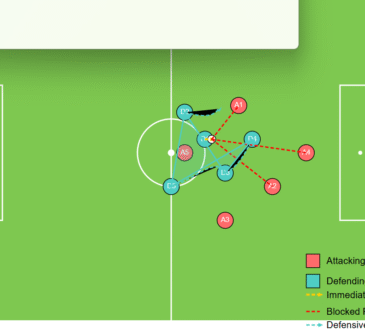No player or coach ever looks forward to losing possession. Maybe some. But It’s one of those gut-punch moments in football—your team is surging forward, energy is high, the crowd is buzzing, and suddenly… the ball is gone! The shift from hope to urgency is immediate. What happens next determines whether your team stays competitive—or pays the price.
A brilliant female coach once said, “If we lose the ball, we must act immediately. First, we close the openings. Then, we keep them closed.” Her words capture the essence of what modern football demands: quick transitions and collective awareness.
Whether it’s CECAFA matches, local derbies in Kampala or Nairobi, or grassroots tournaments—the game is fast, emotional, and played with a warrior’s heart. But it’s also evolving tactically. Coaches and players across the region are learning that it’s not just about flair and speed; it’s about understanding moments. Especially the moment when you lose the ball.
This transition, often referred to as “defensive transition”, is critical in modern football. It’s a split second that can win or lose a match.
Step 1: Close the Openings
When your team loses the ball, the immediate objective is to deny the opponent space to counter-attack. Openings—like gaps between defenders or unmarked midfield spaces—become red zones.
From our pitch, here’s what this looks like:
- Wingers drop back fast, cutting off wide channels.
- Central midfielders press the ball-carrier with urgency, supported by the forwards.
- Defenders step up or drop strategically to compress space.
This is where intelligent pressing and team shape come in. It’s not just about running; it’s about running smart. Kenyan and Ugandan clubs are now training in these scenarios more frequently, moving away from just man-to-man defense to zonal awareness.
Step 2: Keep the Openings Closed
It’s one thing to react immediately. It’s another to stay organized for the next few phases of play.
Teams have begun using structured training sessions to reinforce this. Coaches encourage:
- Continuous communication among the backline.
- Holding midfielders tracking late runners.
- A compact shape that forces opponents wide and away from danger zones.
Players from Rwanda to Tanzania are being taught to anticipate, not just react. This mentality keeps teams from chasing shadows after they lose possession.
Why It Matters
East African football is on the rise. From young stars making moves abroad to clubs competing continentally, the margins are shrinking. Teams that can transition effectively—both when they win and lose the ball—are the ones that succeed.
“Losing the ball” doesn’t have to be a disaster. It can be a moment of discipline, unity, and resolve. With the right mindset and tactical structure, Teams can use even a loss of possession to showcase their growing football intelligence.


